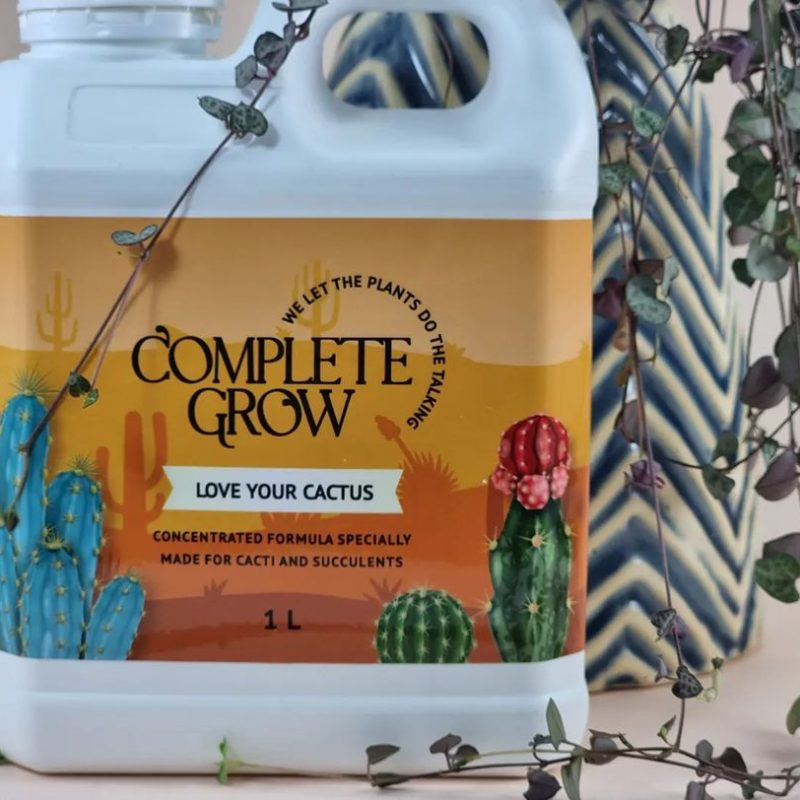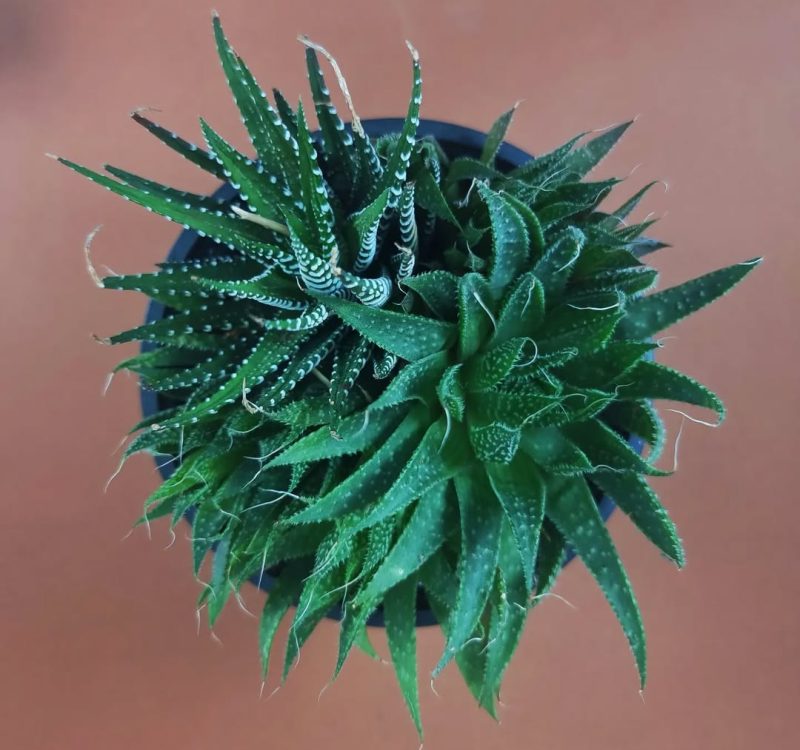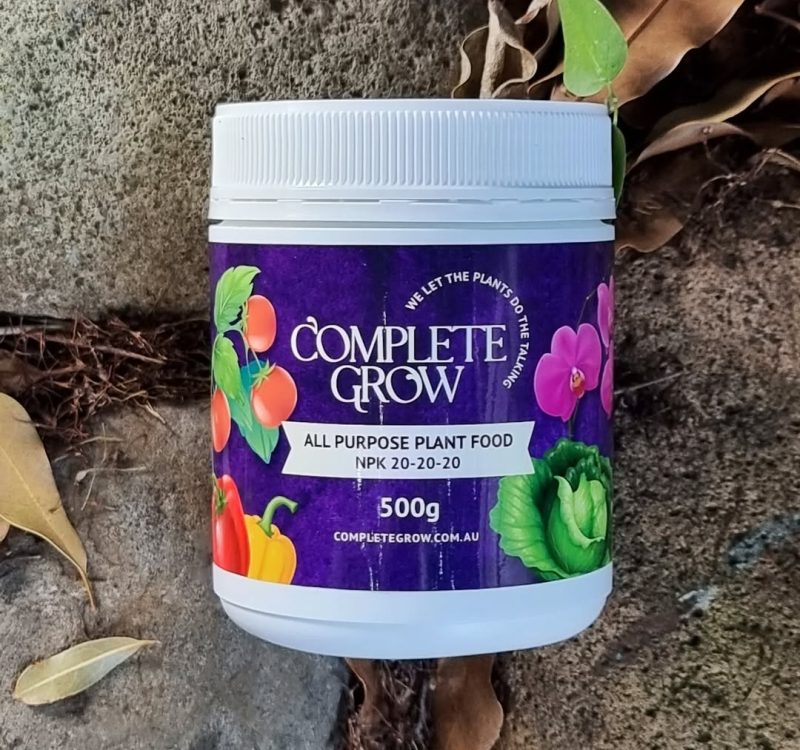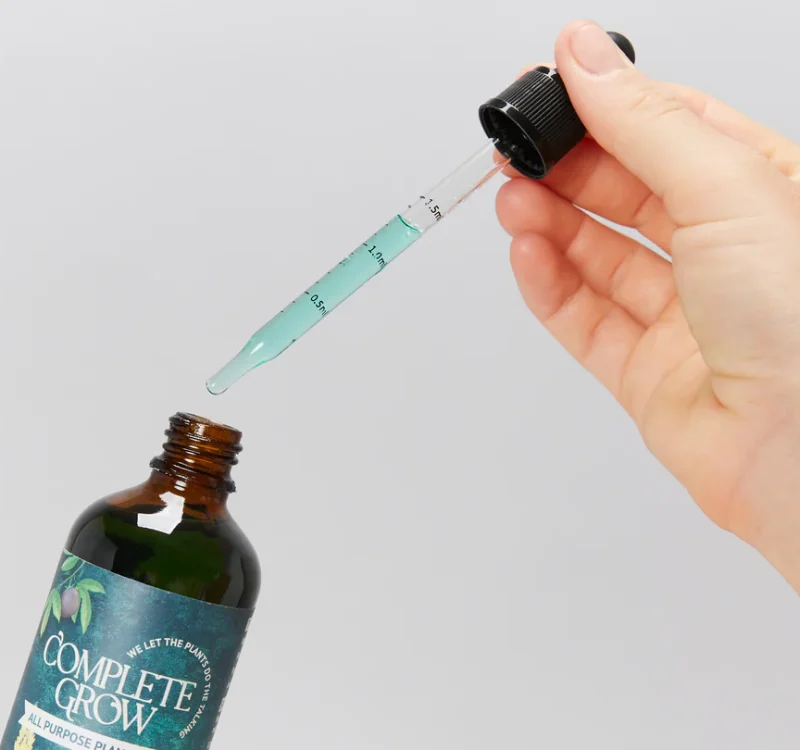dragon fruit cactus
Transform Your Garden into a Personal Paradise!
Dragon Fruit Cactus – Pitaya Growing and Care Guide
The Dragon Fruit Cactus (Hylocereus spp.), also known as Pitaya, is a spectacular climbing cactus famous for its bright pink or yellow fruits and striking night-blooming flowers. Native to Central and South America, dragon fruit cacti are now widely grown in Australia, both for their exotic fruit and as a stunning ornamental plant.
Dragon fruit belongs to the cactus family, meaning it thrives in warm, dry conditions and requires minimal water once established. Its sprawling, three‑sided green stems climb trellises, fences, or posts and can reach several metres in height. With proper care and pollination, these cacti reward growers with sweet, refreshing fruits filled with edible black seeds—similar in texture to kiwi fruit.
Key Characteristics of Dragon Fruit Cactus
- Growth Habit: Fast-growing, climbing cactus with fleshy, triangular stems.
- Flowers: Large, fragrant, white blooms open at night, typically in summer.
- Fruit: Pink, red, or yellow skin with white or red flesh dotted with black seeds.
- Lifespan: Long-lived, producing fruit for 20+ years under good conditions.
- Landscape Use: Trellis or fence climber, edible garden feature, and tropical ornamental.
In Australia, dragon fruit is ideal for tropical, subtropical, and coastal regions such as Queensland and northern New South Wales. With the right trellis and feeding schedule, it can also thrive in large pots in temperate areas.
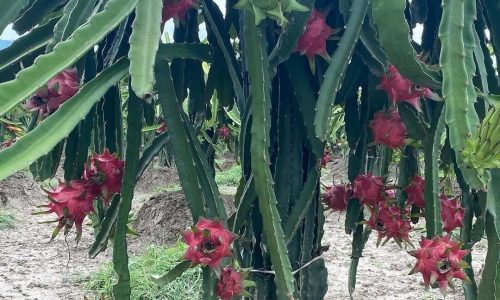
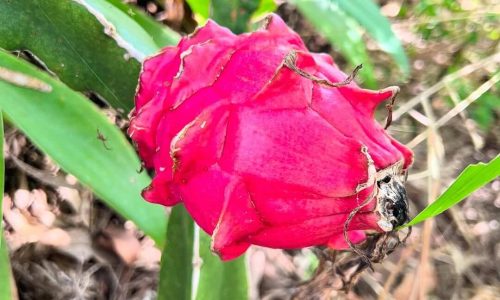
How to Grow Dragon Fruit Cactus in Australia
Growing dragon fruit successfully depends on replicating its natural environment: warm temperatures, free‑draining soil, and strong support for its climbing stems. Proper care during the early stages ensures healthy growth and abundant fruiting in later years.
- Sunlight: Requires at least 6–8 hours of full sun daily. In very hot inland areas, young plants benefit from partial shade to prevent sunburn.
- Soil: Use sandy, well-draining soil or a cactus and succulent mix enriched with coarse sand and organic matter. Avoid clay or compacted soil.
- Watering: Water deeply but sparingly. Allow the topsoil to dry before the next watering, especially in cooler months. Overwatering causes root and stem rot.
- Support: Install a strong trellis, concrete post, or fence for the cactus to climb. Stems can become heavy when laden with fruit.
- Pruning: Remove weak or tangled stems to improve airflow and encourage flowering on strong, upright growth.
- Pollination: While some varieties self-pollinate, hand-pollination or having multiple plants increases fruit yield.
In the first year, focus on training stems to climb and establish strong roots. Fruiting usually begins in the second or third year under ideal conditions.
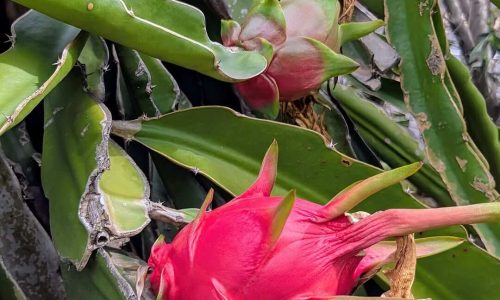

Fertilising Dragon Fruit Cactus for Better Blooms and Fruit
Although dragon fruit cacti are drought-tolerant, they benefit from regular feeding to promote flowering and fruiting. A fertiliser that is low in nitrogen but rich in phosphorus and potassium supports flower production and healthy fruit development.
Feed with CompleteGrow’s Cactus Succulent Plant Food Fertiliser Concentrate (2‑7‑7 NPK) every 4–6 weeks during spring and summer. Apply a diluted solution to the base of the plant, and reduce feeding in autumn and winter when growth slows.
- Repot container plants every 2–3 years to refresh soil and improve drainage.
- Harvest fruit once the skin is bright and evenly coloured; leaving fruit too long can reduce sweetness.
- Train stems regularly to prevent overcrowding and to maximise sun exposure.
Dragon Fruit Cactus FAQ
Is dragon fruit a cactus?
Yes, dragon fruit comes from a climbing cactus species in the Hylocereus genus.
How long until dragon fruit cactus produces fruit?
Most plants fruit within 2–3 years if grown in warm, sunny conditions with proper support and fertilising.
Do dragon fruit cacti need fertiliser?
Yes, applying a low-nitrogen cactus fertiliser like 2‑7‑7 NPK ensures healthy blooms and high-quality fruit.
Can dragon fruit grow in pots?
Yes, use a large pot with a trellis and well-draining soil to support climbing growth and future fruiting.
Recommended Products
- Quick View
- Select options This product has multiple variants. The options may be chosen on the product page


